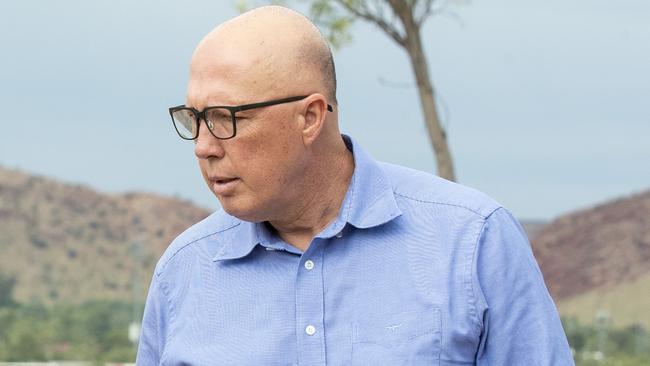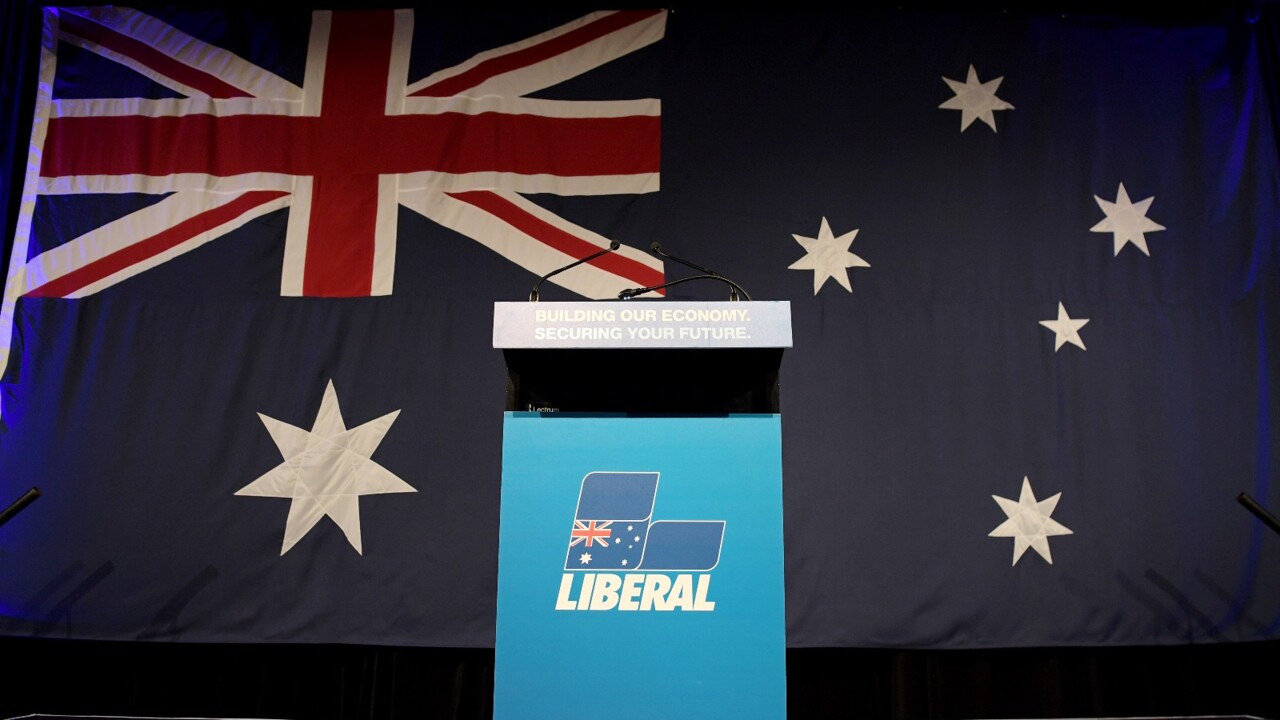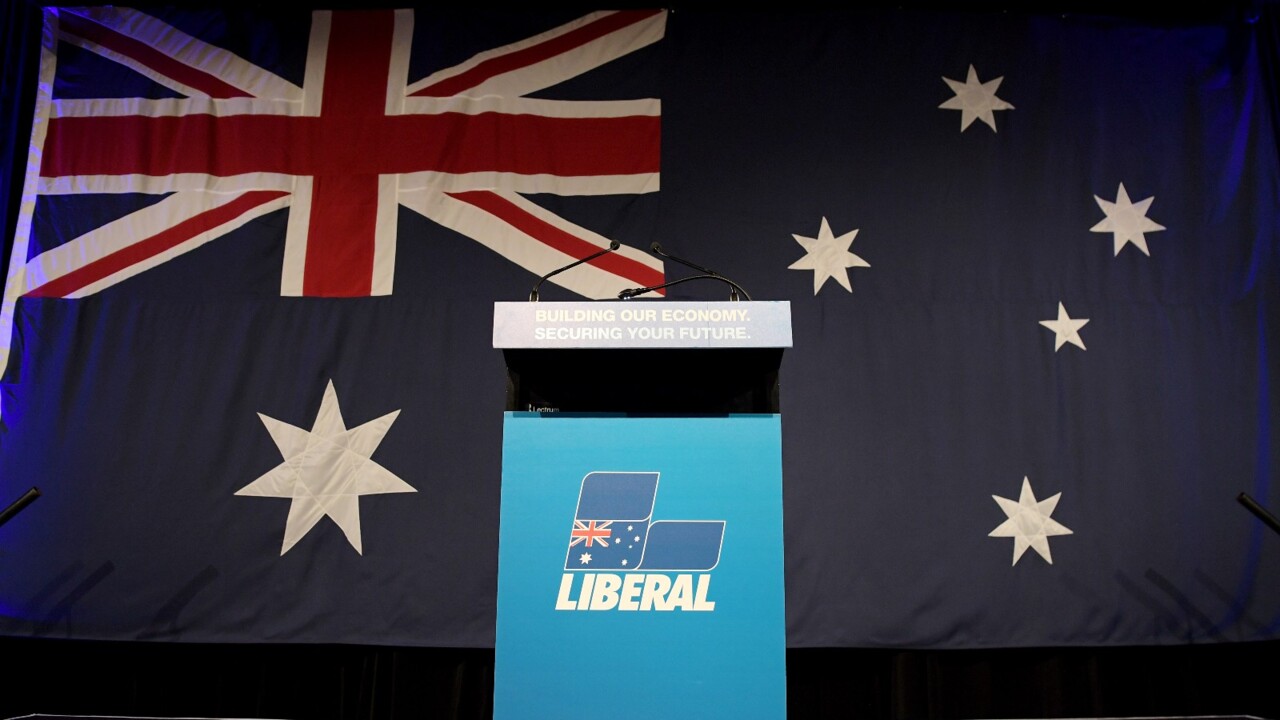
It has lost the mortgage belt, it has lost younger voters, and it has lost Victoria and Western Australia.
The argument could be made that it has a fourth and more acute dilemma – the complete organisational dysfunction of most of its state divisions.
The question is whether these things are temporary and part of the natural cycle or reflective of something more deeply rooted.
Either way, there are those in the party demanding Peter Dutton take urgent action to address the challenges the Coalition faces across almost every level. From policy appeal to membership to organisational facility and purpose.
As the party’s post-election review pointed out in understated fashion: “There are major issues which must be addressed well before the next election if the party is to be successful.
“It follows there is not a simple or easy response which can quickly improve the party’s position. It will require a co-ordinated response at every level of the party.”
Nowhere is the Coalition’s immediate problem more manifest than in a single demographic – the nation’s mortgage belt.

From Robert Menzies through to John Howard, and even under Scott Morrison, the Liberal Party has sought to define itself around this core constituency. The party of home ownership.
Newspoll for the first time has broken down its analysis to include those who own their own home, those who are paying one off and those who are helping someone else pay off theirs by renting.
It shows Labor now leading strongly – 41 per cent to 33 per cent – among those with a mortgage.
The by-election defeat in Aston, a classic outer-suburban mortgage-belt seat, only helped prove the point. But Newspoll analysis shows this was happening long before Aston, just as the strengthening of Labor’s position in Victoria has been.
The margin of 8 per cent in this demographic mirrors that of the primary vote lead Labor now has over the Coalition in Victoria. Some might say this is catastrophic.

Others, including the second-longest-serving prime minister, John Howard, say it’s a part of the natural ebb and flow of swinging voters, reacting to the cost-of-living squeeze.
It could even be a hangover of blaming the former Coalition government for the problem.
Either way, in today’s terms it represents a three-point swing to Labor since the election or, put another way, four more seats falling its way.
Perhaps more concerning is Western Australia, which won Labor the election. If the Coalition can’t win a resource state it can’t win anything.
Yet Labor has made further inroads here as well since the election. This should be deeply troubling for the federal division of the Liberal Party.
There is a longer-term and more systemic problem on the horizon for the Liberal Party.
For the first time, the Greens are now outpolling the Coalition among 18-34-year-olds.
This demographic, one that admittedly has a lower voter turnout than others, still makes up 26 per cent of the voting population.
Despite the accepted wisdom that the Liberal Party has a particular problem with younger women, the gender split in this demographic was fairly even. It shows it has less a problem with women than it does with voters more generally.
Support for the Greens was slightly higher among younger women, while Labor was slightly higher among younger men.

This all balanced out on preferences. On a two-party-preferred basis, Labor leads the Coalition by a staggering 69 per cent to 31 per cent in this age group.
No party can win an election if it is behind by this much in a single demographic. Nor can it win if it is failing to reach the aspirational families with mortgages.
It may surprise some Liberal MPs that they no longer have a monopoly on home ownership in the outer suburban seats.
This should have become immediately apparent following the last election.
“The party has not held or provided any gains in outer metropolitan seats,” the post-election review says.
It was also apparent in the NSW state election where the Liberal Party suffered double-digit swings against it in some of the new estate mortgage-belt areas of southwest Sydney.
If you accept that the Coalition has never traditionally done well among younger voters, and may never do particularly well, mortgage holders are at least one group the party expected to always do well. This is no longer the case.
But these are not separate and discrete challenges. As Richard Alston observed, the values underpinning concerns about jobs, mortgages, families and cost of living are timeless and reach across generations.
Alston, nor Howard, believe the country has demonstrably changed in that sense.
It is the politics that have shifted beneath the Liberal Party at a time when it would appear to be diminished of organisation ballast.
And so far, this is not a winning formula.








The Liberal Party has three elemental problems.